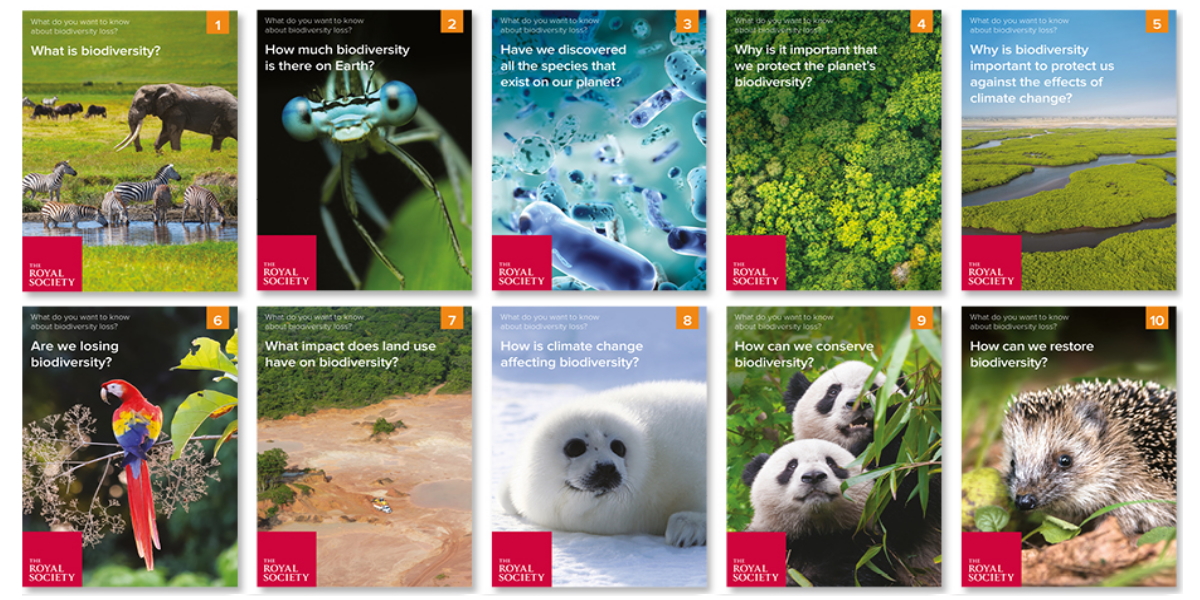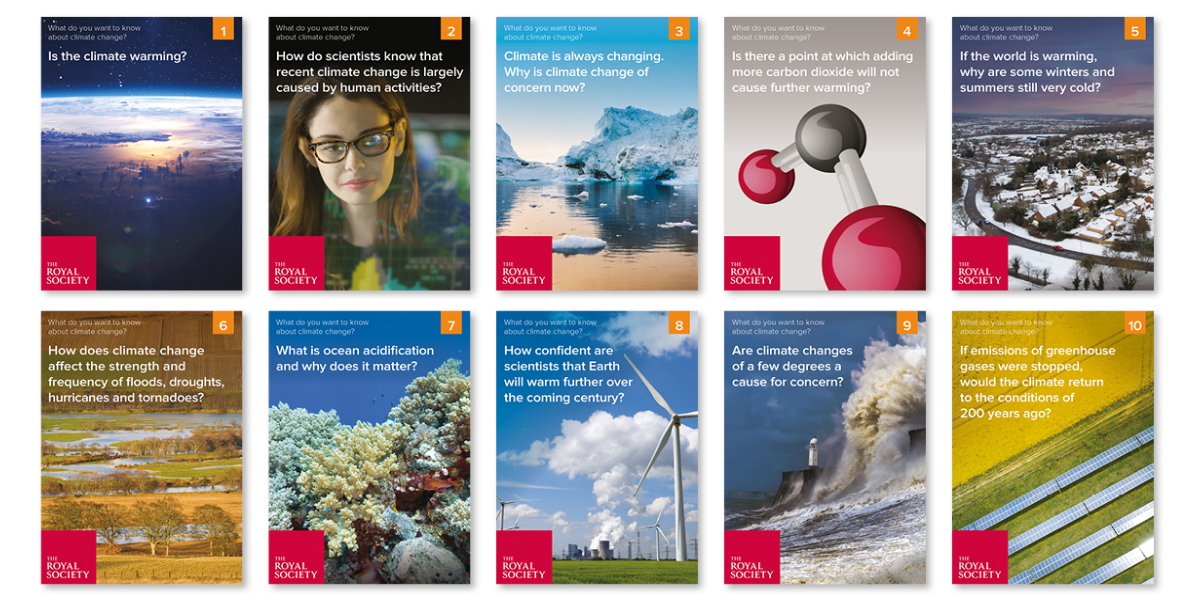Filters
Clear allSubject
- Careers (86) Apply Careers filter
- Climate Change (9) Apply Climate Change filter
- Computing (155) Apply Computing filter
- Creative arts and media (2) Apply Creative arts and media filter
- Cross curricular (83) Apply Cross curricular filter
- Design and technology (472) Apply Design and technology filter
- Engineering (217) Apply Engineering filter
- Food Preparation and Nutrition (39) Apply Food Preparation and Nutrition filter
- Leadership (2) Apply Leadership filter
- Mathematics (816) Apply Mathematics filter
- Personal development (1) Apply Personal development filter
- Psychology (1) Apply Psychology filter
- Science (1278) Apply Science filter
- Space (5) Apply Space filter
- STEM Ambassadors (13) Apply STEM Ambassadors filter
- STEM Clubs (17) Apply STEM Clubs filter
Age range
Type
- Activity sheet (1116) Apply Activity sheet filter
- Article (12) Apply Article filter
- Assessment (41) Apply Assessment filter
- Audio (5) Apply Audio filter
- Data set (24) Apply Data set filter
- Demonstration (12) Apply Demonstration filter
- Diagram (1) Apply Diagram filter
- Experiment (93) Apply Experiment filter
- Game (17) Apply Game filter
- Group work (71) Apply Group work filter
- Image (54) Apply Image filter
- Information sheet (184) Apply Information sheet filter
- Interactive resource (84) Apply Interactive resource filter
- Open-ended task (32) Apply Open-ended task filter
- Poster (21) Apply Poster filter
- Presentation (366) Apply Presentation filter
- Quiz (8) Apply Quiz filter
- Research (35) Apply Research filter
- Self assessment (4) Apply Self assessment filter
- Simulation (3) Apply Simulation filter
- (-) Remove Teacher guidance filter Teacher guidance
- Textbook (133) Apply Textbook filter
- Video (171) Apply Video filter
- Include Physical Resources (0) Apply Include Physical Resources filter
Showing 2230 results
This activity, from the Institution of Engineering and Technology (IET), provides an opportunity to assess students understanding of remote surgery.
It is intended that students will:
• Understand what remote...
By constructing a model of the constellations in the zodiac, students can learn about the relative motion of the Sun and the Earth. Students can find their own star sign and discover how the view from the Earth will change as the Earth orbits the Sun. The model allows them to see how the night sky changes over a...
This self-study booklet from the National Strategies is on the topic of fractions, ratio and proportion. It was originally written to support and develop the subject knowledge of teachers in Key Stages Two and Three. The 2000 National Curriculum gave greater emphasis to this topic, particularly ratio and proportion...
This full lesson plan, plus dataset and worksheet, from CensusAtSchool is designed to help students understand the different types of average, how to calculate and compare them and which average it is appropriate to use for a particular data set.
This activity can be used to explore the relationship between shape and hydrodynamics (resistance).
Curriculum links include aerodynamics, resistance, forces, buoyancy and thrust. There are a number of useful links to...

These evidence-based, question and answer style classroom resources can be used to engage students of all ages...

These evidence-based, question and answer style classroom resources can be used to engage students in the climate...
This activity is designed to introduce students to what is meant by a program. It asks students to create a set of instructions that will solve a problem...
In this lesson students will answer questions about dissolved substances in water from London’s water supply and other sources using a problem solving/ inquiry approach. In answering these questions students will be using ideas about pure and impure substances as described in the national curriculum chemistry as...
Students investigate and evaluate the development of new technologies to reduce pollution from combustion: catalytic converters, electric cars and fuel cells. Cradle to grave cycles of use are considered, such as the use of incineration of waste to produce electricity for transport.
Learning outcomes:
...Different fuels are considered and how energy to move transport is released during combustion. This lesson also looks at the story of steam tube trains and our changing understanding of the effects of emissions from combustion on health.
Learning outcomes:
- Could represent combustion reactions...
This Science upd8 activity draws on Titan which is the biggest of Saturn's moons.
There are two student activities; one involves labelling a diagram to tell students on Earth about the nature of Titan.
The other asks students to take the role of Titanian space explorers and use data to compare the...
In this lesson plan from stats4schools, students are asked to interrogate a dataset of first names. Students will order information chronologically, investigate the meaning of words in the context of names, use primary and secondary data and use research effectively to support an answer or argument.
Lesson...
From Understanding Animal Research, these materials help students understand the process of drug discovery and development. It shows that the drug discovery process is long and complex and involves several different stages, including basic research, animal testing and clinical trials. The materials include: *...
